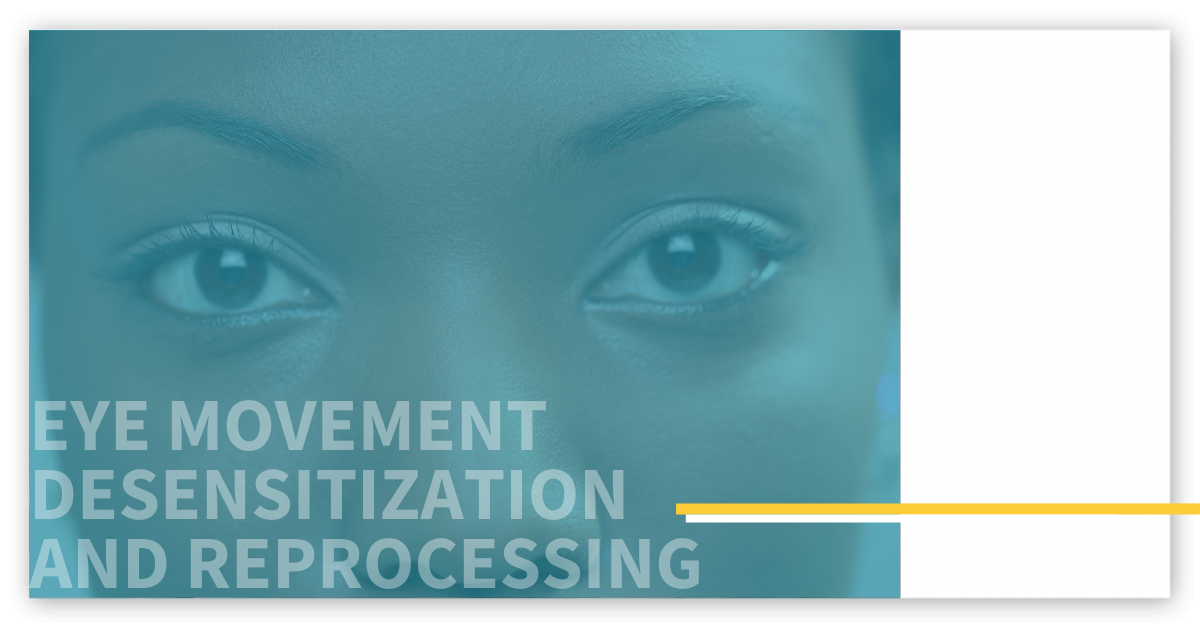What is Eye Movement Desensitization and Reprocessing (EMDR)?
LISTEN TO THIS ARTICLE:
What it is
Eye Movement Desensitization and Reprocessing (EMDR) treats Post Traumatic Stress Disorder (PTSD) by reconfiguring how traumatic memories are stored and processed in the brain.
Who needs it
The American Psychiatric Association has recognized EMDR as an effective treatment for PTSD and includes it among the standard interventions for trauma disorders. EMDR is effective for patients who experienced traumatic events that were so overwhelming that they are not stored in the way typical of other memories. Instead, those memories become isolated. People traumatically re-experience them (along with their accompanying vivid emotional and physical sensations) when triggered.
How it works
In hour-long sessions, the therapist applies various forms of stimulation while the patient talks about their traumatic memories. The stimulation can be moving sound sources, light taps of the patient’s hands, and roaming lights that attract eye movement. Though researchers have proposed several different theories about exactly how EMDR works, the core concept holds that the stimulation opens up memory networks to change. It enables the isolated trauma memory to integrate into other memory patterns. There is not a defined number of sessions, but most patients experience significant relief in under 12 sessions.
Where to go
Patients access EMDR usually via a referral from their psychiatrist. Performing EMDR requires mental health professionals to undergo special training through the EMDR Institute.
What to expect
Although the scientific evidence about EMDR gives somewhat mixed support, multiple healthcare organizations advocate its use. These include the United States Department of Veterans Affairs, the American Psychiatric Association, the Substance Abuse and Mental Health Services Administration, and the British National Institute for Health and Care Excellence.
What could happen
Part of EMDR requires bringing to mind traumatic memories, which, for many people, will not be very pleasant. However, given the small number of sessions, this emotional discomfort from the treatment is not usually significant.


 Learn
Learn Find Help
Find Help
